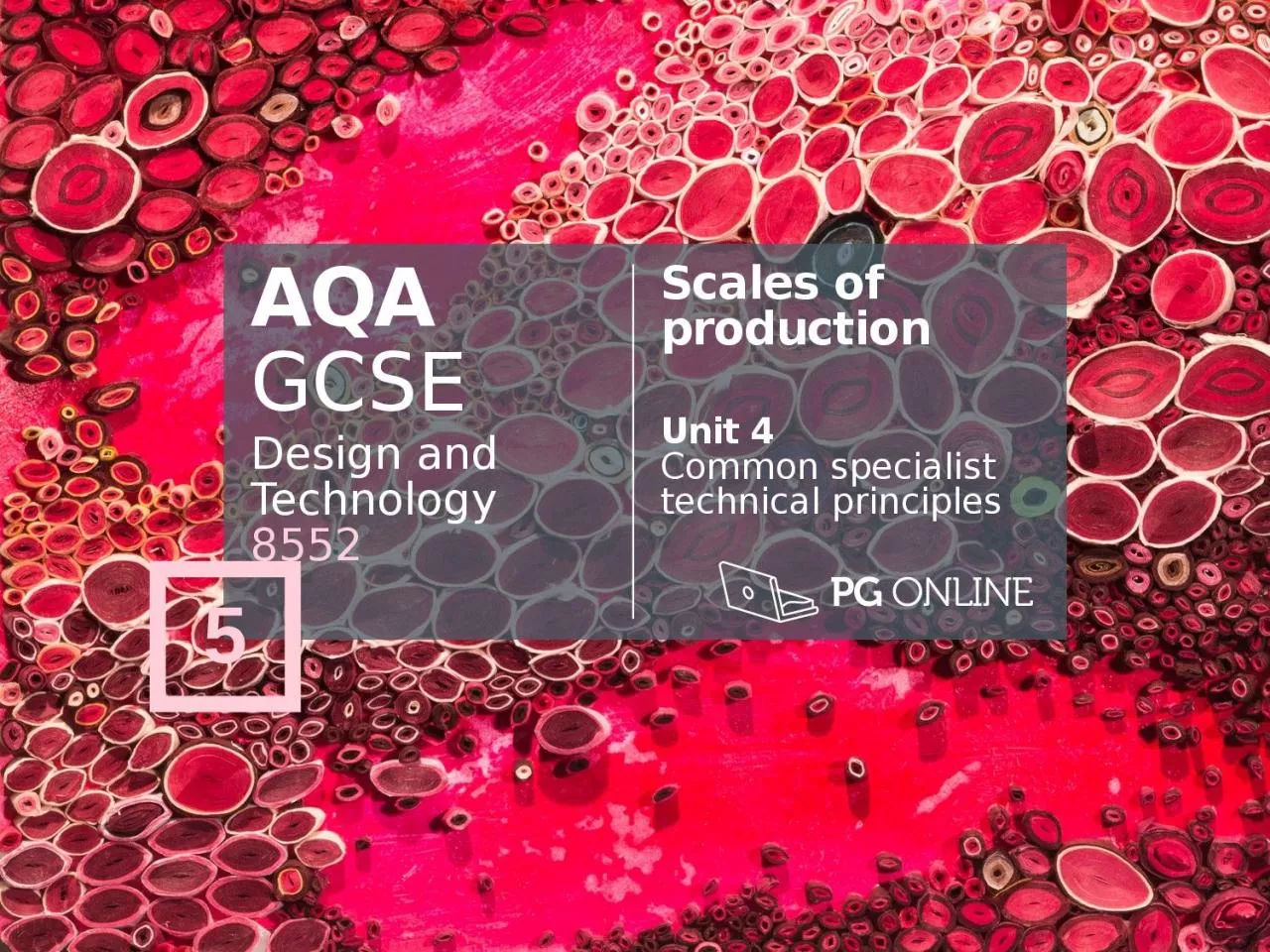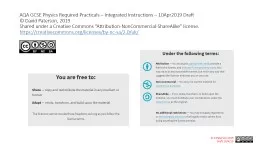PPT-5 AQA GCSE Design and Technology
Author : audrey | Published Date : 2023-09-24
8552 Scales of production Unit 4 Common specialist technical principles Understand how products are produced in different volumes Explain when and why different
Presentation Embed Code
Download Presentation
Download Presentation The PPT/PDF document "5 AQA GCSE Design and Technology" is the property of its rightful owner. Permission is granted to download and print the materials on this website for personal, non-commercial use only, and to display it on your personal computer provided you do not modify the materials and that you retain all copyright notices contained in the materials. By downloading content from our website, you accept the terms of this agreement.
5 AQA GCSE Design and Technology: Transcript
Download Rules Of Document
"5 AQA GCSE Design and Technology"The content belongs to its owner. You may download and print it for personal use, without modification, and keep all copyright notices. By downloading, you agree to these terms.
Related Documents














